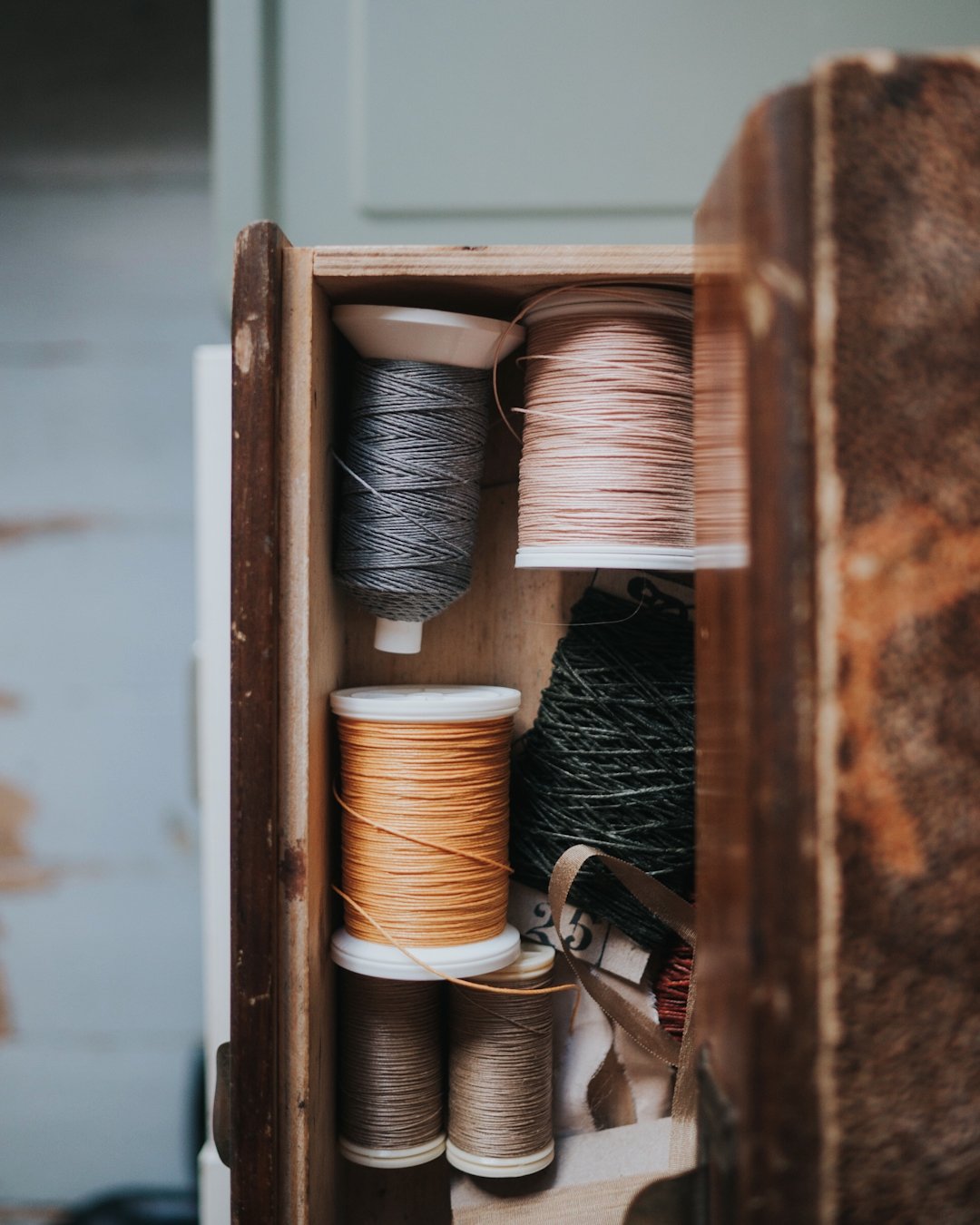Paper, cloth and thread
I used to take a regular stand at a couple of local community markets, alongside bakers, florists, greengrocers and other craftspeople. I got many compliments, the odd sale, but also the occasional raised eyebrow at my prices.
I don’t expect everyone to see the value of something handmade over a standard notebook picked up with their supermarket shopping. But it goes further than that. I believe there is a lack of understanding, and appreciation for, not just the cost of decent materials and the time it takes to both hone your skills and make something entirely by hand, but also the process of design and sourcing.
My paper goods start with my imagination. They start with an idea, a concept, a colour, a texture, a story. Sometimes there’s a binding method to match, sometimes there is one I need to invest time in learning, and sometimes I make up my own. Then there’s size, and paper weight, texture and colour. Not all paper can be used for everything: does it need to be thick, for an album, or thin to allow for a generous page count? Can that paper with the lovely, textured translucence take fountain pen ink? What’s the grain direction and will it work for the size I had in mind? Is it worth ordering the minimum quantity for short grain or should I compromise and use the standard off-white I already have in stock?
I try to avoid polyester in book cloth and ribbon if possible, sticking to cotton, linen and silk. I worry if I should buy silk at all, and research the sustainability of the viscose used in the book cloth that seems to come in the most perfect shades for my project. And should I jump in and order the full length, or invest in samples first?
In research phase, tabs in my browser accumulate. I lose track of which supplier sells what. I try to minimise the number of orders. My profit margins are so slim, even ignoring the time I spend researching all this. I will never complain about the cost of deliveries – I know all too well it is a real cost to businesses – but I do try to collate orders to save money.
My dream would be a shop on my doorstep, with all the supplies I could possibly need, paper I can touch, discreetly bend to check the grain, cloth finishes I don’t need to guess at, colours I can match in person, not through guesswork.
I do love the chase. I love the excitement of finding, finally, what looks like the perfect shade of pink, in the perfect finish, without the dreaded polyester, or textured black paper with the right gsm. I like the compromises less (I wish ribbon in natural fibres was more readily available). But it is all an essential part of this work. It takes time, research, and knowledge. It also takes the creative imagination to know what to look for in the first place – before I even start to fold, cut and sew.
Books are made of paper, cloth and thread, and there is magic to that simplicity. But they are, really, made of so much more.



